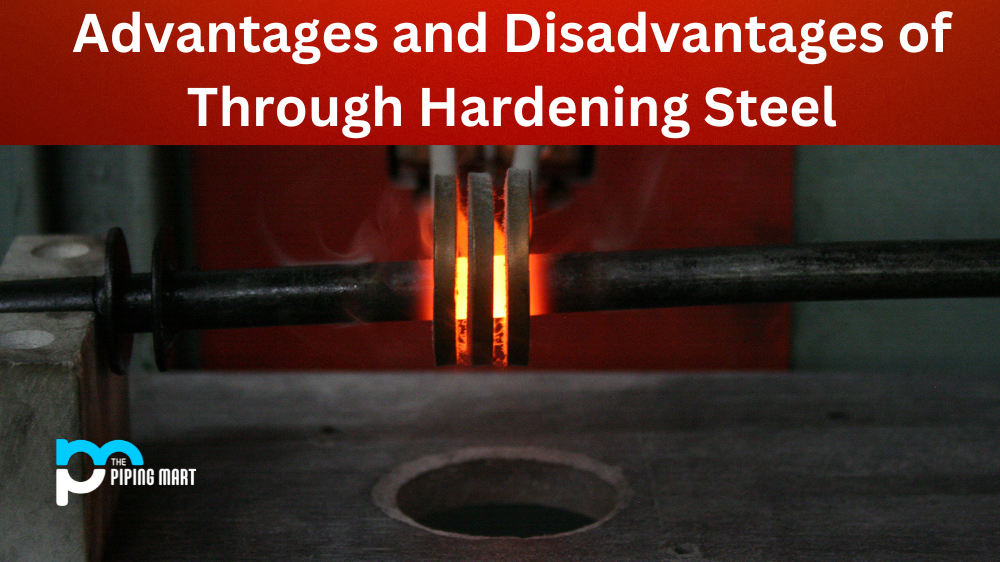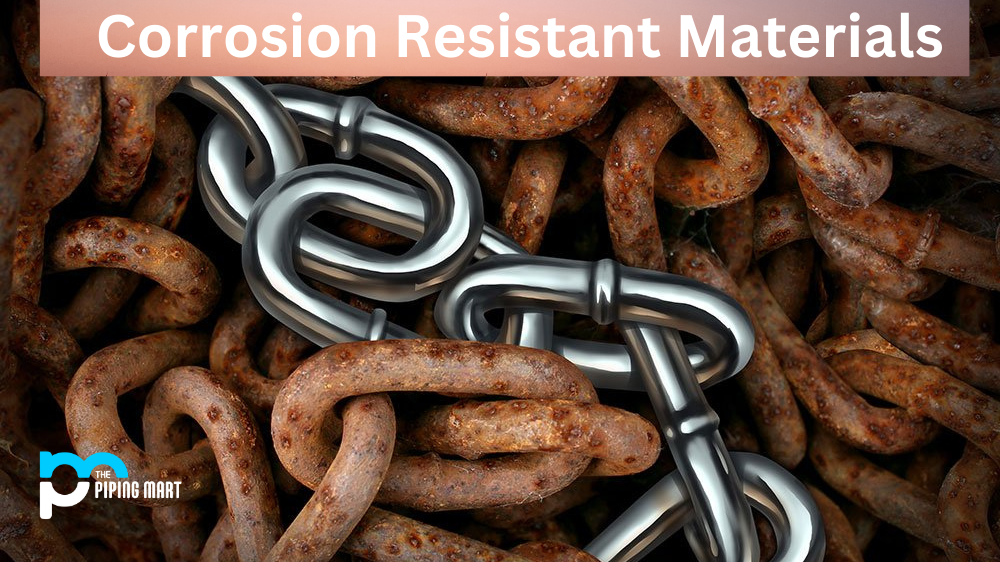Copper nickel plating coats metal surfaces with a thin layer of copper or other metals for protection. It is often used in the automotive, aerospace, and electronics industries as it provides a strong protective coating that can also improve the look of the metal. In this guide, we’ll look at copper nickel plating, how it works, and some tips for getting the best results.
What Is Copper Nickel Plating?
Copper nickel plating is a process of electroplating metal that involves depositing a thin layer of copper or other metals onto the surface of the part being plated. This layer is a barrier that protects the underlying metal from corrosion and wears. The process can be used on ferrous and non-ferrous metals such as steel, brass, aluminum, and stainless steel. The thickness of the coating can vary depending on the application but typically ranges from 0.00001″ to 0.001″ (1-1000μm).
How Does Copper Nickel Plating Work?
The copper-nickel plating process begins by preparing the surface to be coated with an electrolyte solution made from water and acid or salt. An electrical current is then applied between two electrodes – one positive (the cathode) and one negative (the anode). This causes ions in the electrolyte solution to be attracted to either electrode depending on their charge. At the cathode, these ions are reduced into atoms, forming a thin layer on top of the metal surface being plated – this is called electrodeposition. The process continues until the desired thickness has been achieved.
The type of material being plated will determine which chemicals are used to achieve optimal results. For example, zinc-nickel alloys may require sulfuric acid, while chrome-nickel alloys may require hydrochloric acid solutions instead. After plating has been completed, any excess material must be removed through mechanical polishing or buffing processes to achieve a smooth finish on the final product.
Tips for Getting Great Results With Copper Nickel Plating
Cleanliness is key –
Ensure all parts are clean before beginning any electroplating processes, as dirt or contaminants can affect adhesion and create weak spots in your finished product.
Use high-quality materials –
Cheaper materials may contain impurities that can affect adhesion or create weak spots in your finished product, so make sure you use high-quality materials from trusted suppliers whenever possible.
Use proper safety equipment –
Electroplating processes involve working with potentially hazardous chemicals, so make sure you have appropriate safety equipment, such as gloves and goggles, when handling them to protect yourself from potential harm.
Monitor temperature closely –
Temperature plays an important role in electroplating as it affects both chemical reactions and ion movement, so make sure you monitor the temperature closely throughout each step of your process in order to get optimal results every time!
Maintain proper pH levels –
pH levels should be kept consistent throughout each step of your electroplating process to ensure optimal results, so check pH levels regularly using an accurate meter or indicator strip when necessary.
Check current regularly –
Current should also be monitored closely during each step since excessive current could damage your part while too little current could lead to poor adhesion or weak spots, so check your current levels regularly throughout each step!
Rinse thoroughly –
Finally, ensure you rinse any excess materials left behind after each step of your electroplating process simply before moving on to the next one; otherwise, they could contaminate future steps leading to poor results!
Conclusion:
Copper nickel plating is an effective way to protect metal surfaces from corrosion while also improving their aesthetics at the same time. By following these tips for getting great results with copper-nickel plating processes, you can ensure that your parts look great for years to come! Whether you’re an experienced professional or just starting with electroplating processes for your hobby projects, these tips will help ensure that you get consistently great results every time! Thanks for reading!

Pipingmart is B2B portal specializes in industrial, metal and piping products. Also, share latest information and news related to products, materials and different types grades to help business dealing in this industry.




